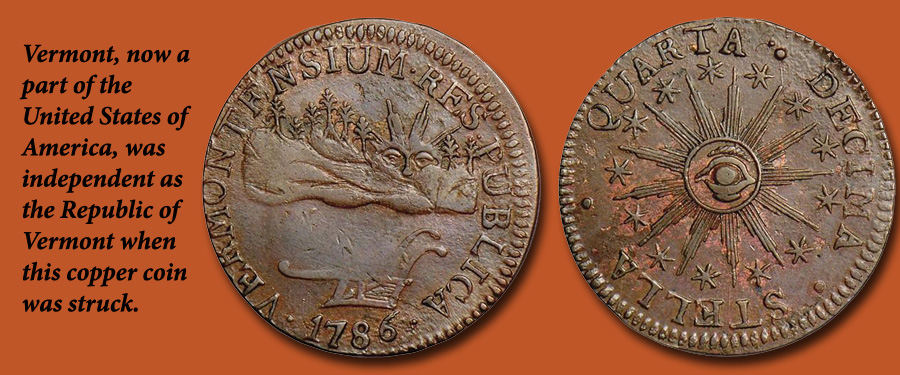
Recently in the world news there have been many articles about changes in country borders. Perhaps most discussed is the desire of certain British people living in Scotland, to the north of England, who are seeking independence from Great Britain. Scotland was once on its own with separate coinage, as you may know if you have studied the series. However, in modern times it has been part of Great Britain, small in comparison to the population and industrial base of England to the south. In recent times the discovery of oil in the North Sea has brought great prosperity to Scotland and there has been a movement to separate and become independent. However, difficulties mentioned in the news include the problem of Scotland having its own monetary system and not using the British pound and also admission into the European Union.
Catalonia, part of Spain, also has desires for independence, or at least some of its citizens do — enough to make the news. Bavaria, comfortably a part of Germany, is also mentioned occasionally in this context. And, if you have been following the news, especially a few years back, quite a few people in Quebec advocate separating from Canada.
Changes such as this, if they happen, will affect coinage. In history quite a few changes have resulted in collectible coins as part of the American series. Did you know that Vermont, a state since 1791, was the Republic of Vermont — independent — in 1785 to 1788 when it produced its own coinage? In colonial days, Massachusetts had its own coinage, including the famous Pine Tree shilling. I cannot overlook the Confederate States of America, once part of the United States, split off in 1861, but rejoining after the Civil War, that tried to issue its own coinage. Today this is remembered in the form of several pattern 1861 half dollars and a dozen or so 1861-dated one-cent pieces. The last coins have been a mystery for quite some time. Did Robert Lovett, Jr. of Philadelphia actually receive a commission from the Confederate States of America to design a one-cent piece, or are these numismatic delicacies made by Lovett some years later? Who knows? We do know, however, that they are very interesting to contemplate and quite valuable when bought and sold.
See you next week!





